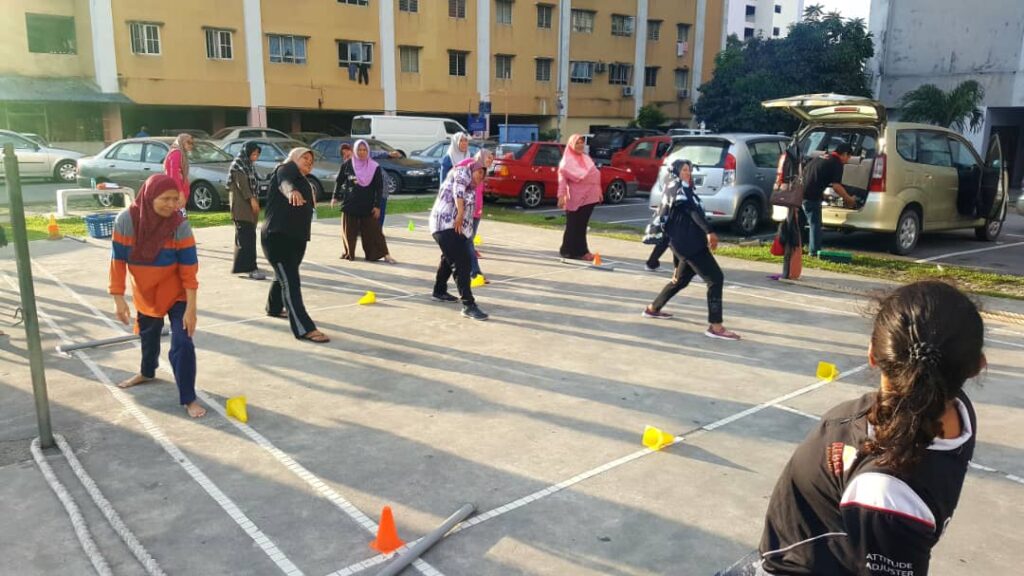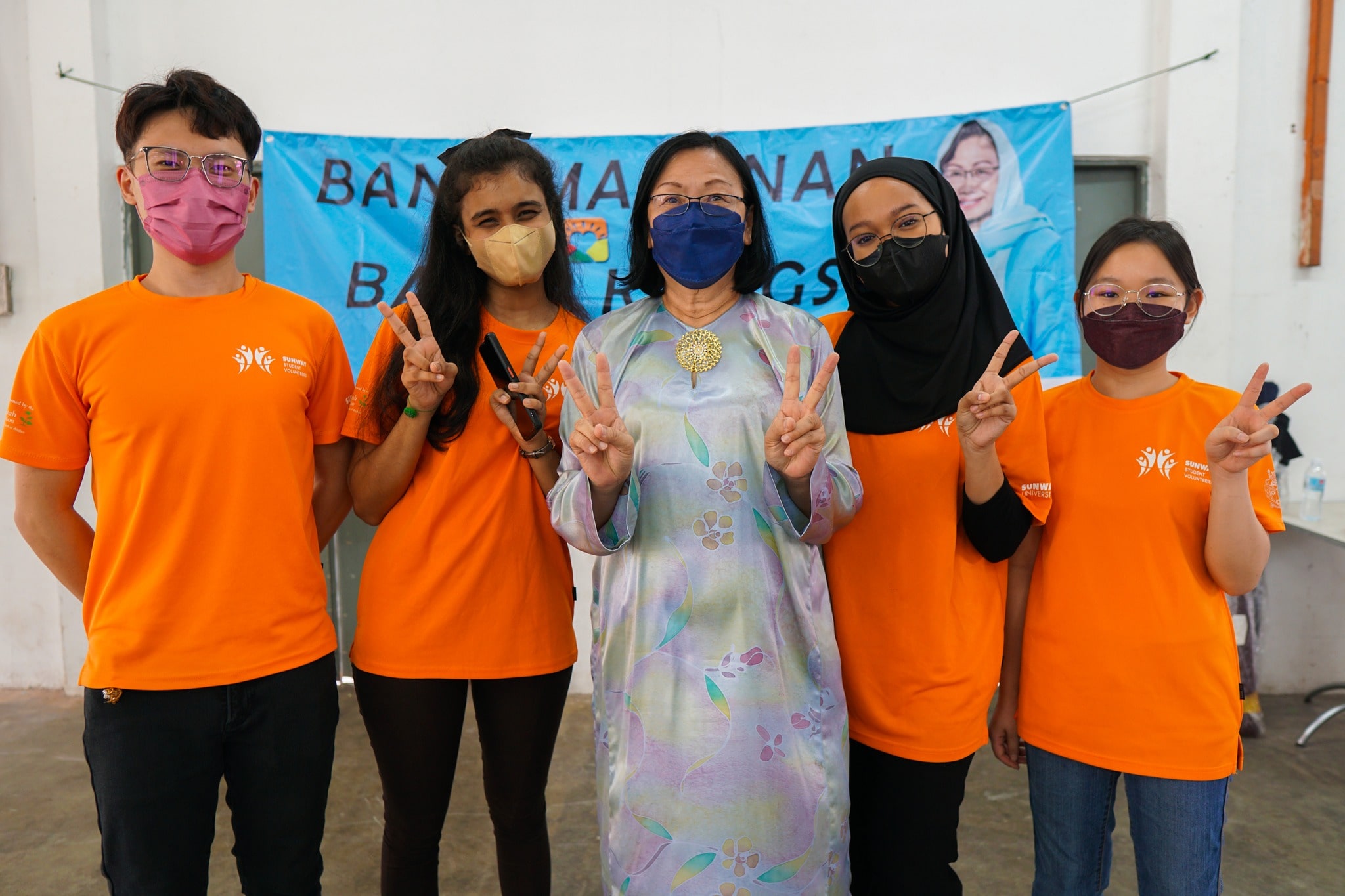KUALA LUMPUR, Sept 9 – Petaling Jaya, with a population of nearly 620,000 people, is served by just three health clinics in the public sector – all of which, according to MP Maria Chin Abdullah, are small, overcrowded, and understaffed.
There is only one public hospital in the urban district of Selangor – teaching hospital Universiti Malaya Medical Centre (UMMC) under the Higher Education Ministry – but no Ministry of Health (MOH) hospital.
“Even with UMMC, the three Klinik Kesihatan in Petaling Jaya – Taman Medan, Kelana Jaya, and Section 4 – cannot cope,” Maria told CodeBlue Wednesday.
The Petaling Jaya MP called for an MOH hospital in her large constituency, noting that even before she was elected in the 2018 general election, there was already talk about setting up a public hospital under MOH in Petaling Jaya.
“Somehow, that didn’t happen.”
Maria also urged MOH to expand the three public health clinics in Petaling Jaya by providing more staff and a larger space.
“The Klinik Kesihatan in Taman Medan is so small – they even have to use the corridors to examine people,” she said. “It’s really so bad.”
She pointed out that when her office ran health care programmes for her constituents, they had to build a small shed to provide physiotherapy for patients.
Maria said UMMC charges higher than MOH hospitals, noting that the teaching hospital’s consultation fees are RM20, compared to the RM1 and RM5 consultation fees for outpatient and specialist care respectively in MOH health care facilities.
Hence, a patient needs to pay RM20 every time they refill their medications at UMMC.
Charges in UMMC for treatments like putting a plate in the chest run up to over RM10,000, or RM40,000 for cancer, according to Maria, noting that budgets for university hospitals are smaller than MOH hospital budgets.
UMMC management previously said in September 2019 that its cancer treatments are more expensive than other government hospitals, as UMMC provides advanced therapies that are not offered in MOH hospitals, such as immunotherapy and HIPEC surgery for gastrointestinal cancer.
“UMMC is more expensive than government hospitals; it takes a toll,” said Maria, adding that the university hospital’s welfare assistance programme is also unable to reduce charges significantly.
She stressed, however, that despite funding constraints, UMMC provides fully subsidised complete denture services to fully edentulous patients (without any natural teeth) who visit the university dental hospital.
MOH hospitals in Shah Alam, Sungai Buloh, and Selayang are “pretty far” for Petaling Jaya residents, said Maria, pointing out that there is no direct public transport access to those facilities.
“The poor really don’t know where to go,” Maria said. “They just go to the Klinik Kesihatan to get their pills and that’s it.”
Building an MOH hospital in Petaling Jaya will not only serve the district, but also cover Puchong, Subang, and some parts of Damansara, said the federal lawmaker from PKR.
Maria also disputed public perception that Petaling Jaya, with numerous private hospitals and clinics, is an upper middle class district, pointing out that the list of eKasih programme recipients she received showed 1,059 hardcore poor households that earn RM2,000 and under a month.
Some households, she said, have up to 14 members.
“While we perceive Petaling Jaya as a middle income progressing urban area, there are people who fall under the poor and absolute poverty line. They are spread in areas such as PKNS flats at Gasing Indah, Damansara Baiduri, parts of Kampung Baru Damansara and Taman Medan, and Desa Mentari flats,” Maria said.
“It is shocking that at public housing Lembah Subang 1, there is a family that earns RM500 per month. These are families who have been neglected. Lembah Subang 1 has over the years, due to neglect and poor management, degraded into a filthy ghetto.”
50 Keluarga Sihat

Maria said infectious disease expert Prof Dr Adeeba Kamarulzaman and surgeon Prof Dr April Camilla Roslani, both from Universiti Malaya, helped her run a programme called “50 Keluarga Sihat” (50 Healthy Families).
Under the programme in her constituency, volunteers from Maria’s office and UMMC conducted a survey to see what were the main health problems among Maria’s constituents, such as obesity, heart disease, diabetes, kidney disease, and skipping health screenings.
Fifty families are identified, all of whom join Maria’s office and UMMC volunteers in doing Zumba or exercise in the morning on weekends. Maria’s office and UMMC volunteers also join these 50 families on grocery shopping to help them identify what healthy food to buy.
“We’re going around doing health carnivals, like exams from eye to knee. For them to do all that, of course it’s besides the point about cost, it’s that they don’t do. So these services are through the community,” Maria said.
The federal lawmaker stressed that urban areas have grown and “changed drastically” over the years.
“With Covid and all that, it adds more pressure.”








